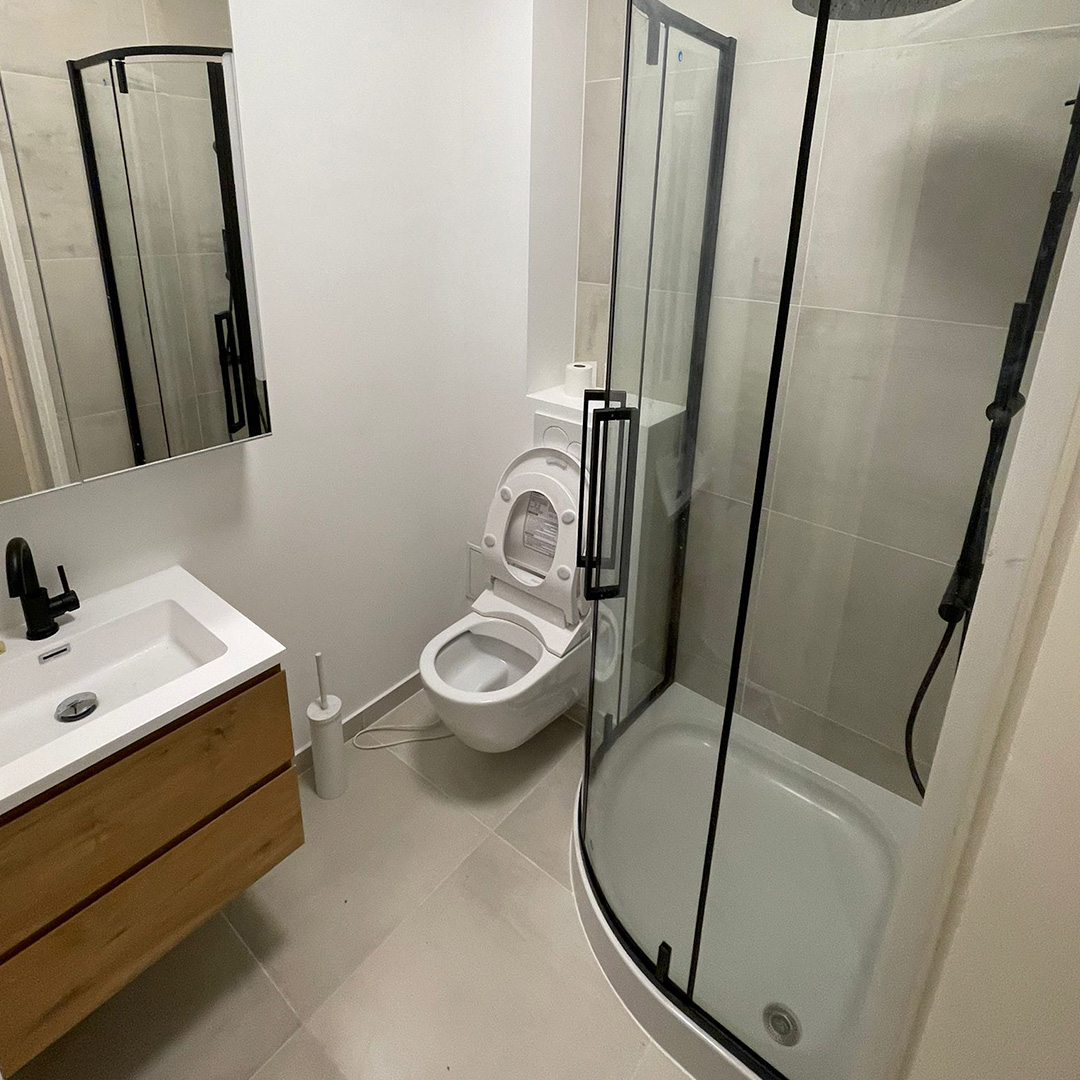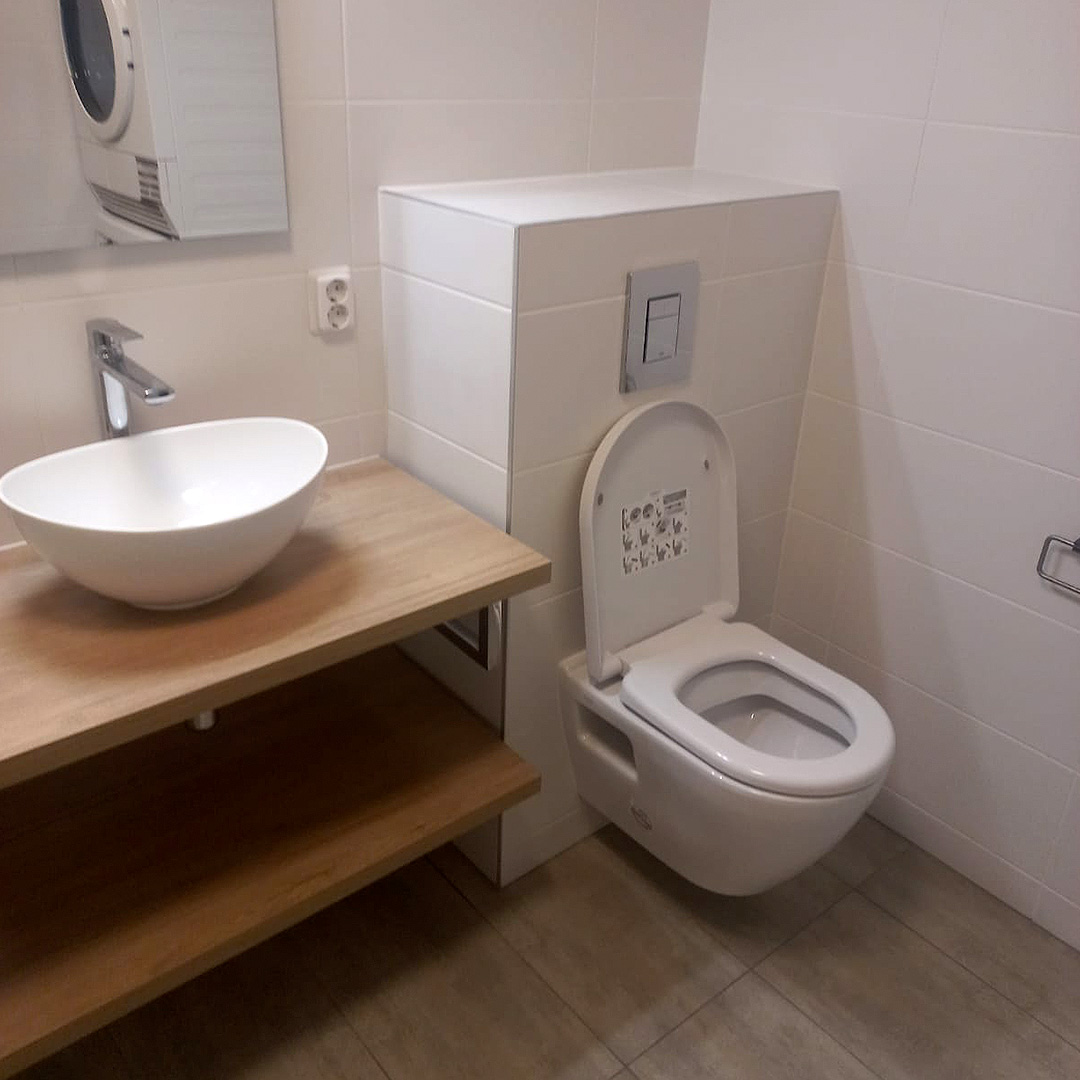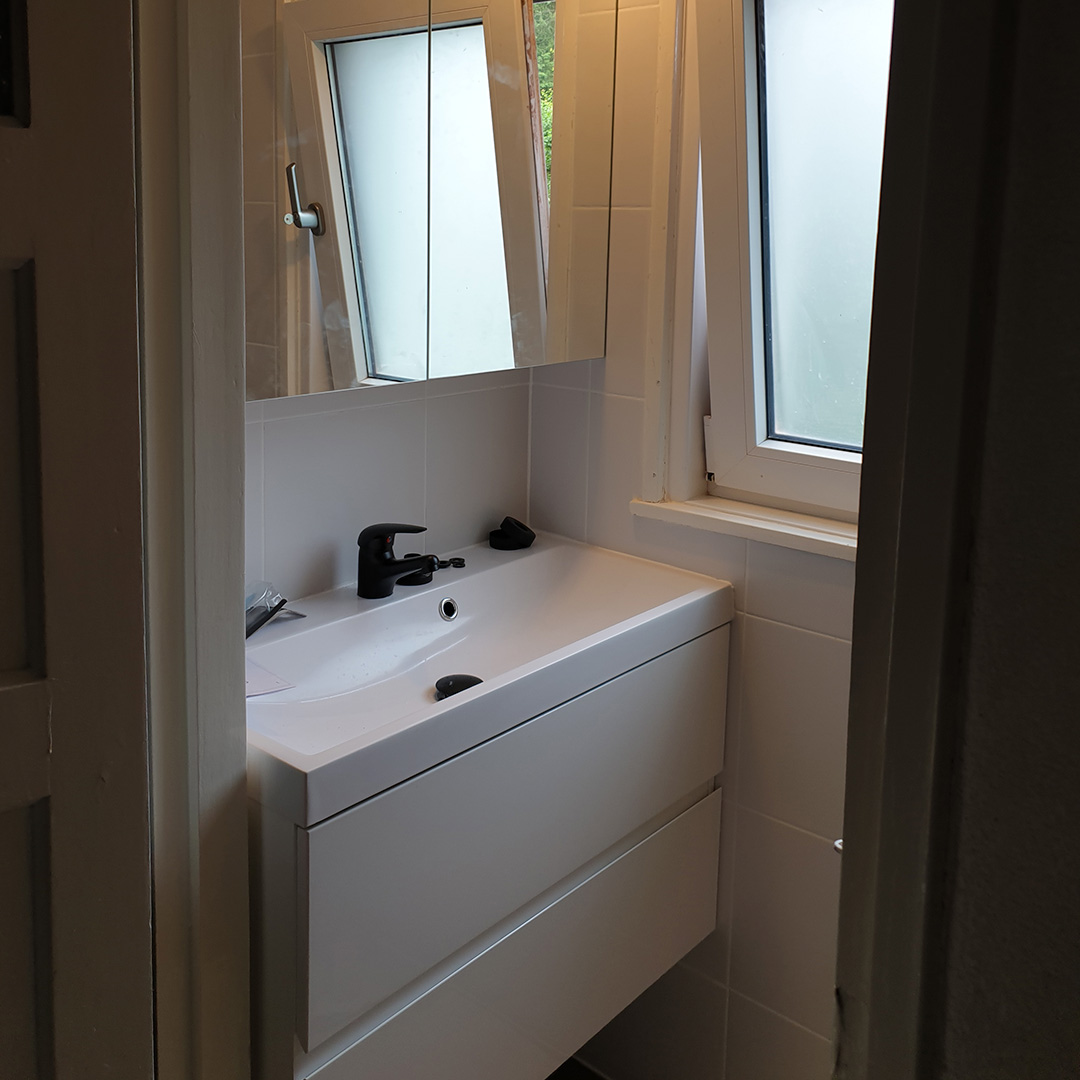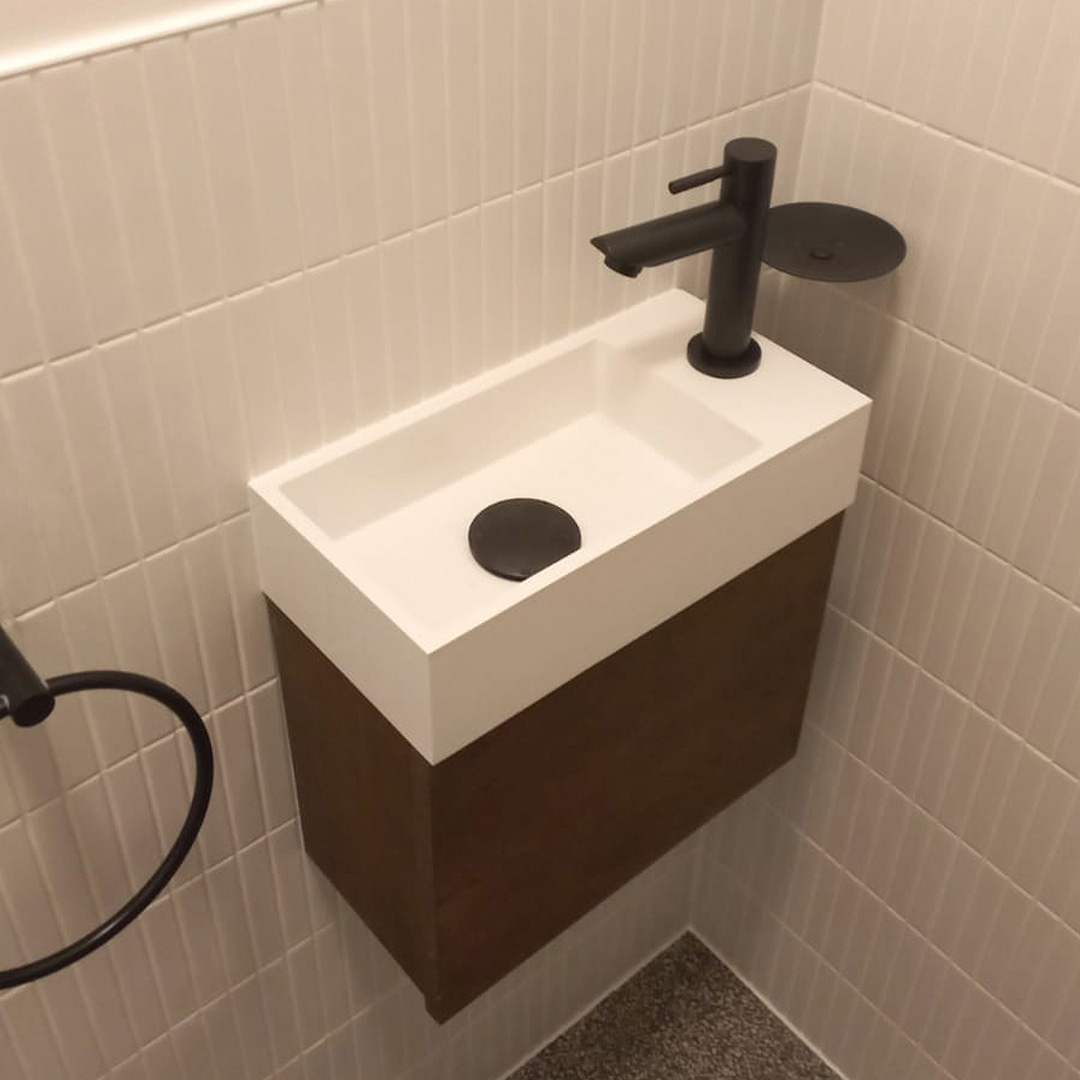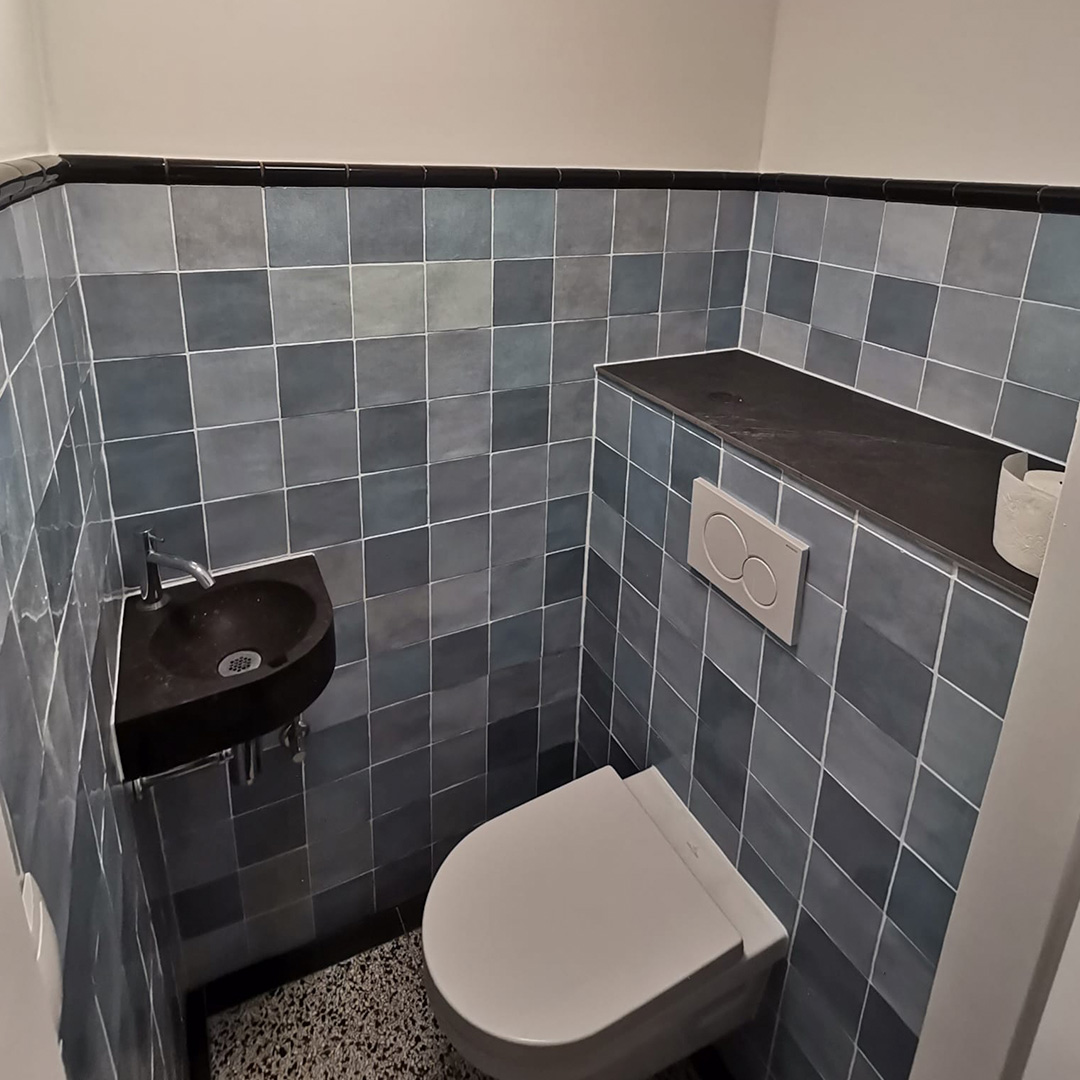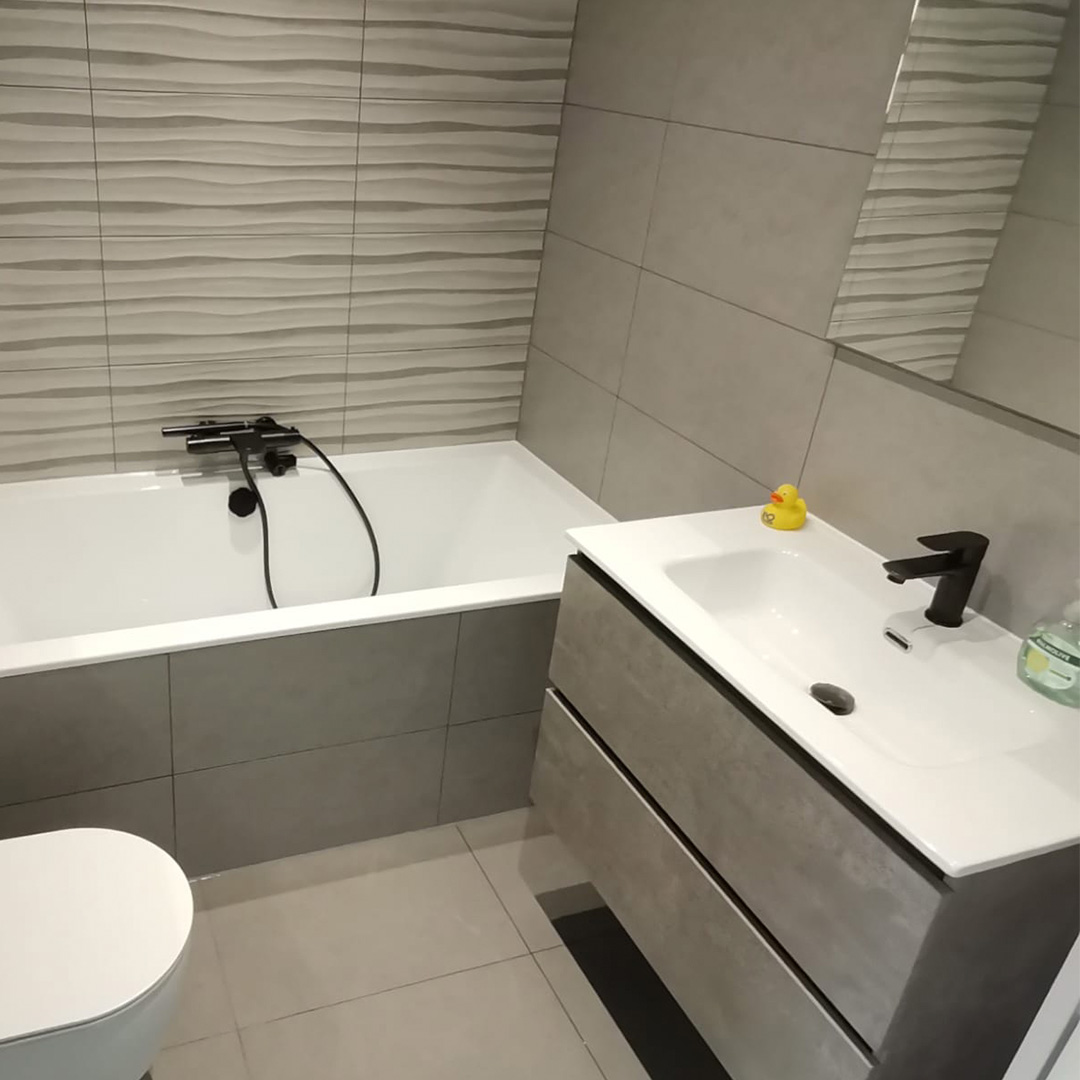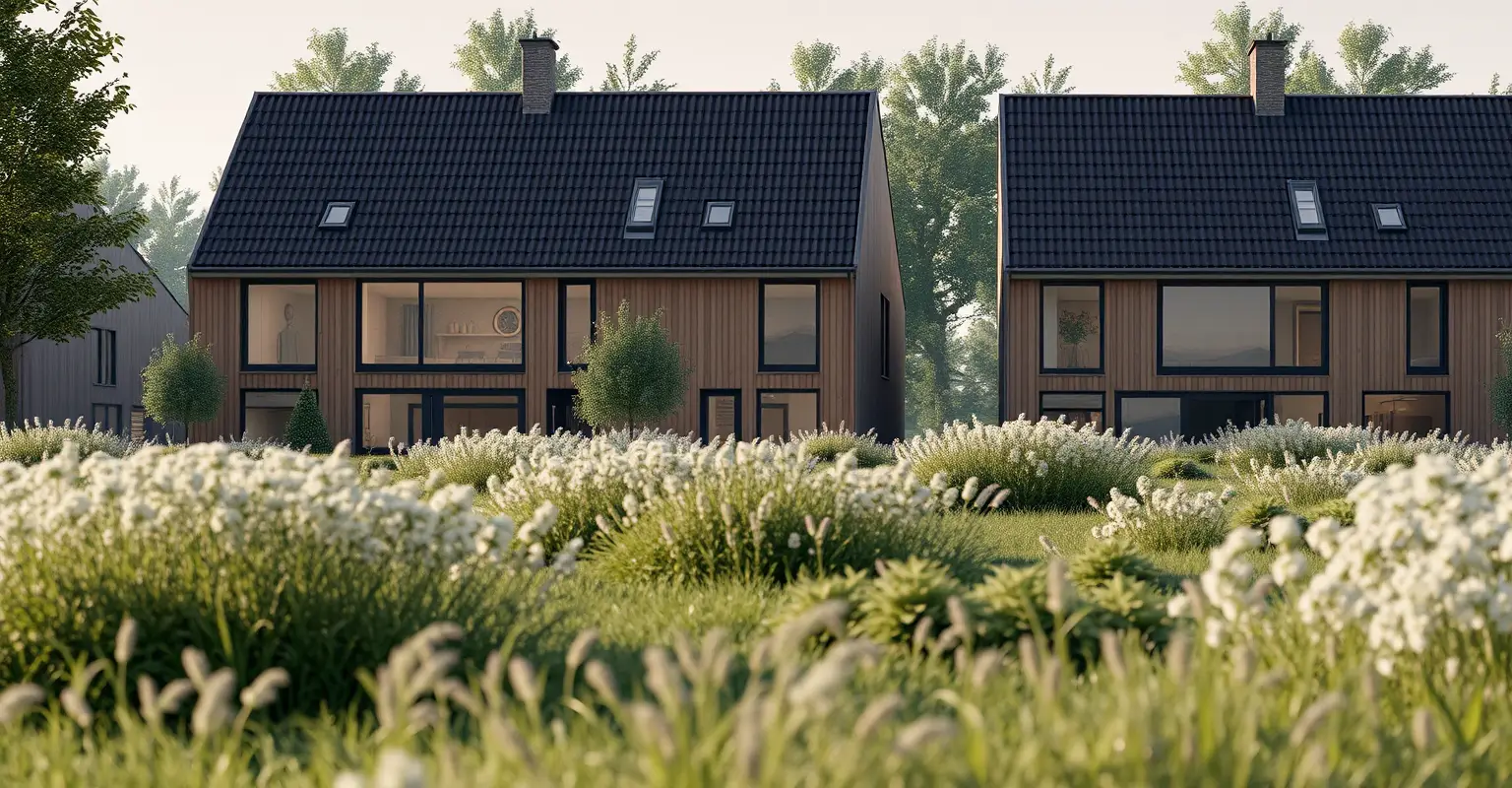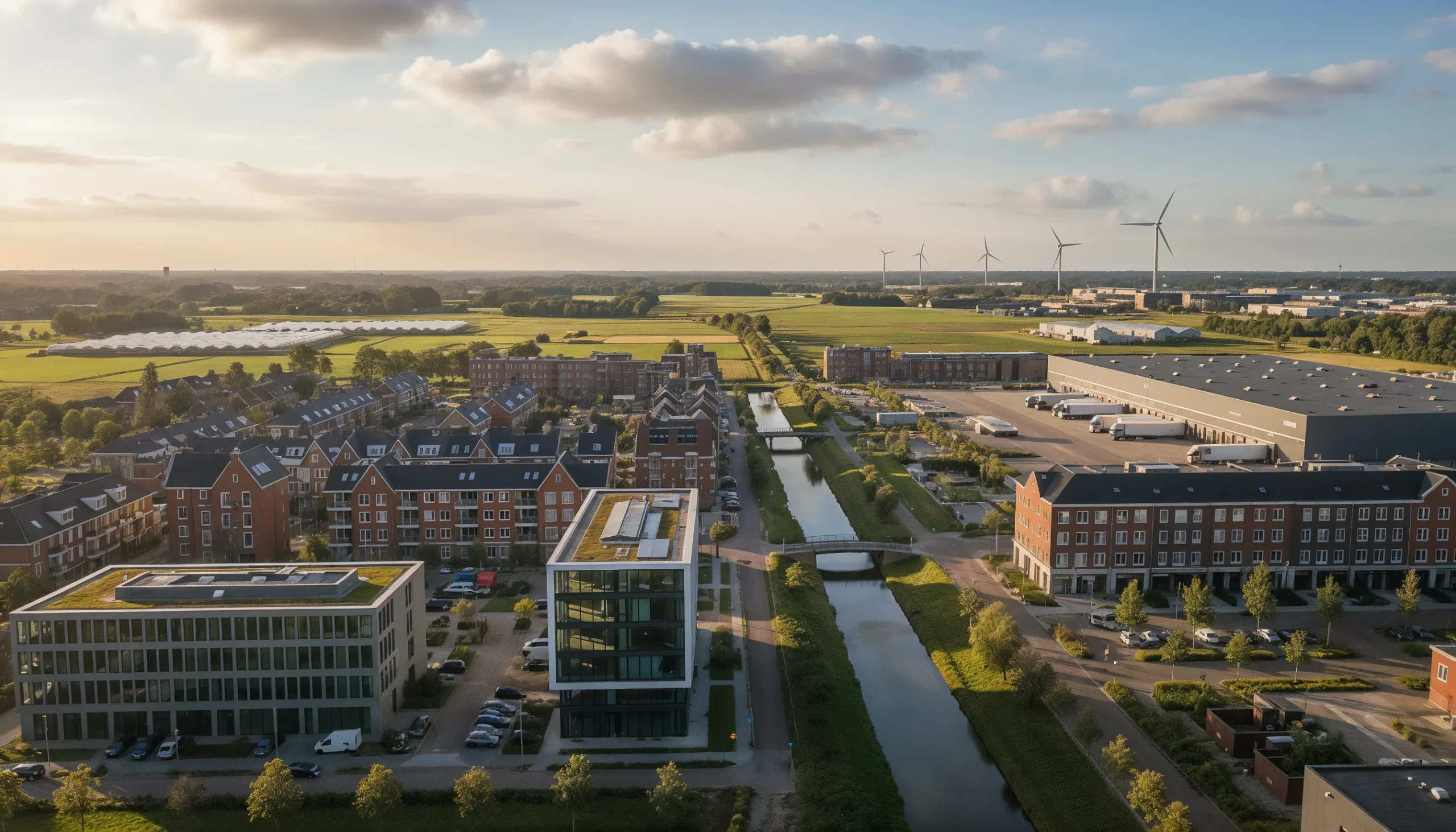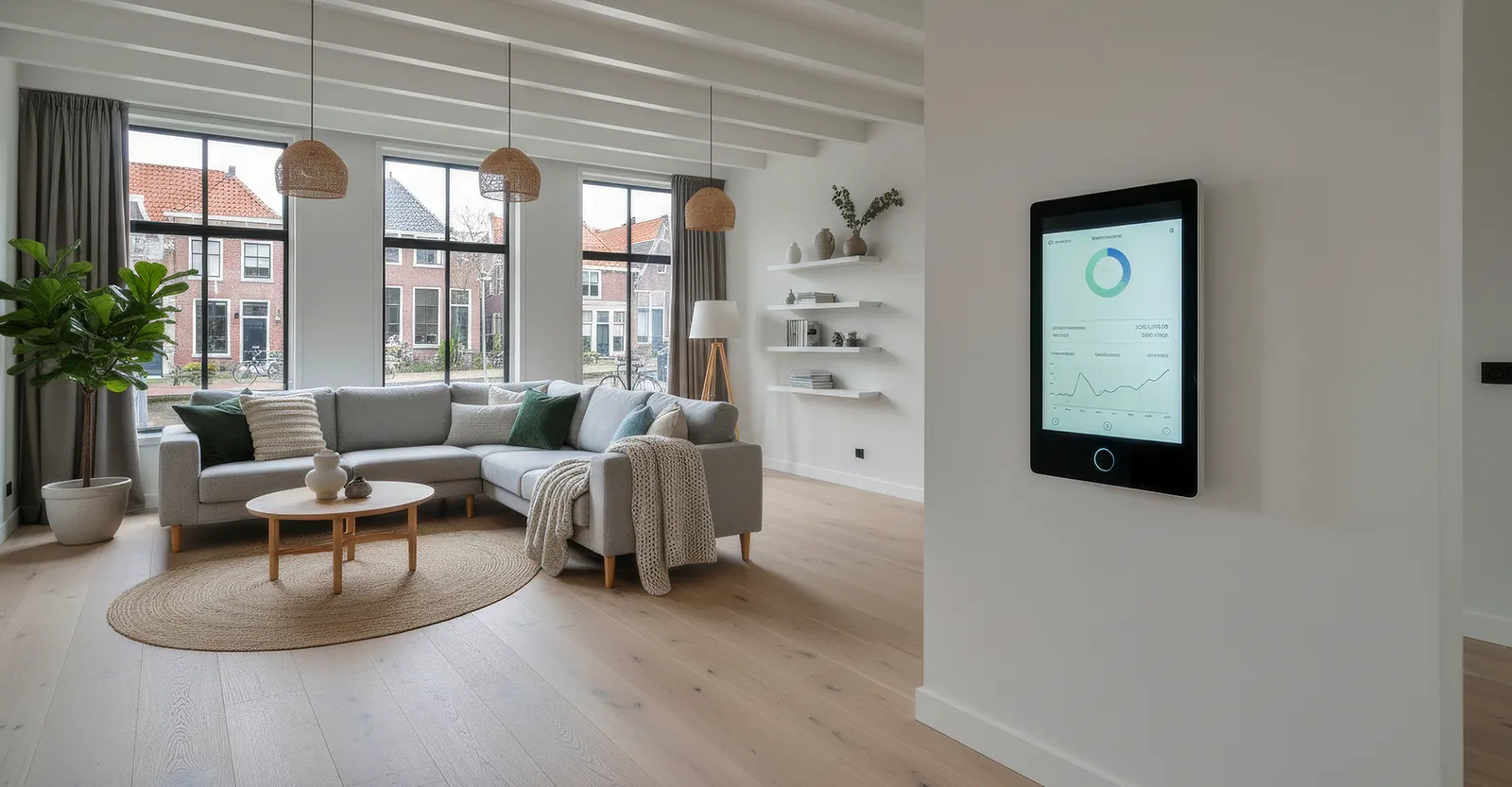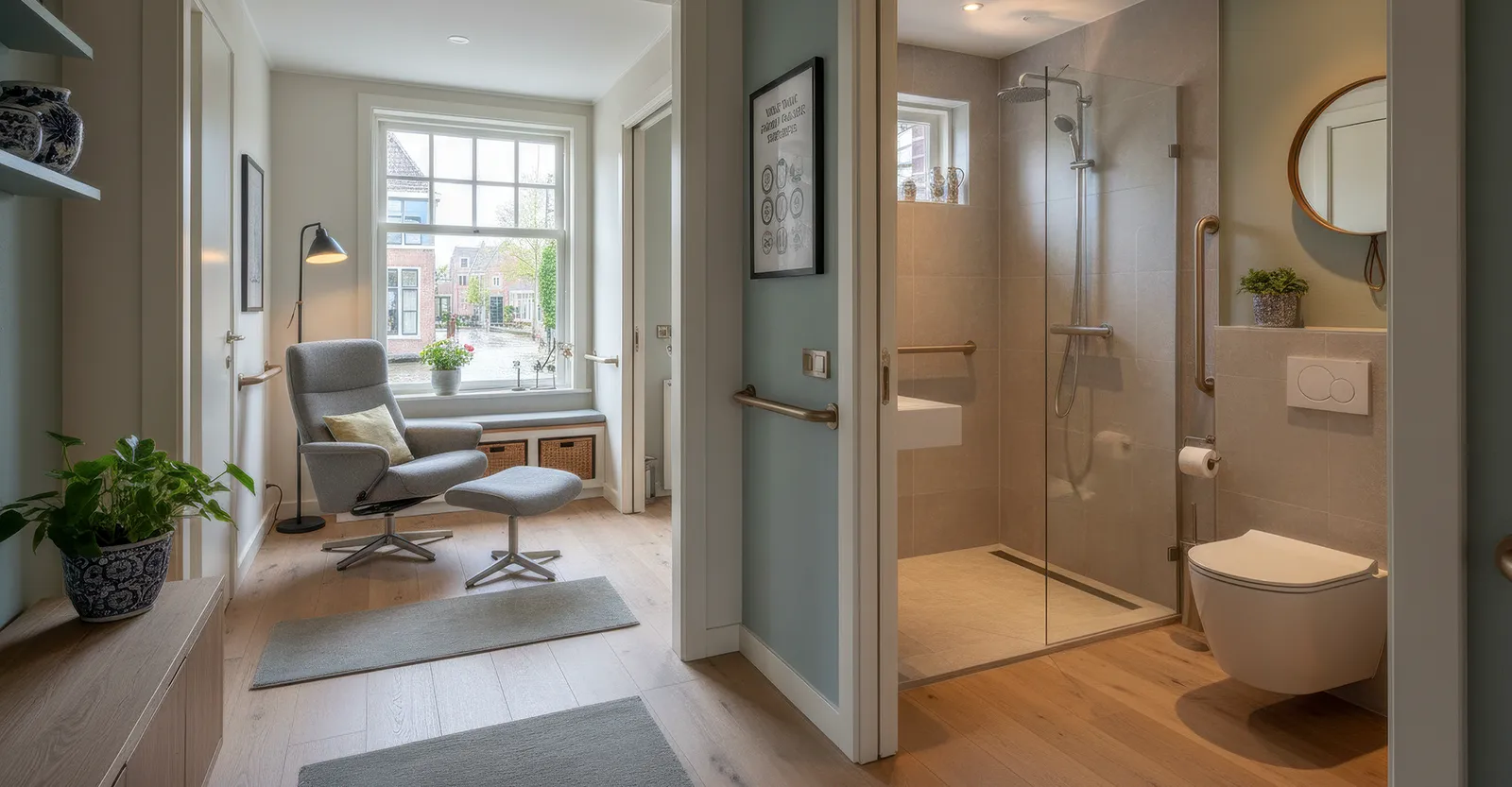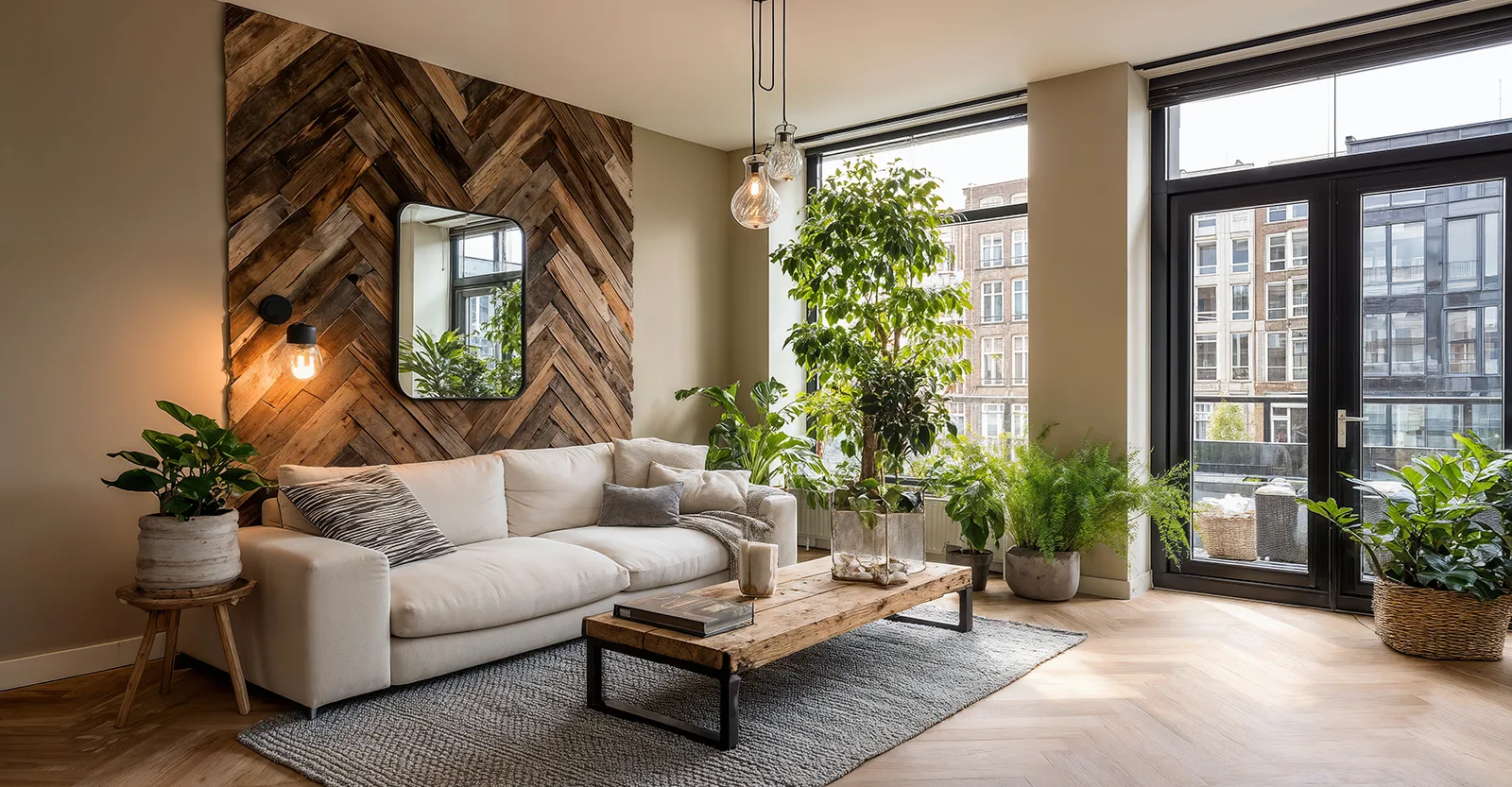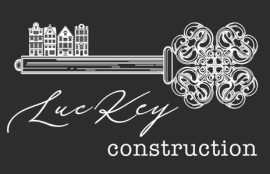Building Green in the Low Lands: How the Netherlands Leads in Sustainable Architecture
The Netherlands, often called the “Low Lands” for its flat, low-lying geography, has become a global pioneer in sustainable architecture and eco-friendly construction. Facing the dual challenges of climate change and urbanisation, the Dutch have turned to innovative building methods to create energy-efficient homes and climate-resilient cities. Among the most notable trends are green roofs, living walls, and biobased materials – each playing a key role in the country’s sustainable transformation. This article explores how these eco-building innovations are shaping the architectural future of the Netherlands and influencing the broader Benelux region.
Green Roofs in the Netherlands
Environmental Advantages
Green roofs are a defining feature of Dutch eco-friendly development. These vegetated rooftops deliver a wide range of environmental benefits:
- Cleaner Air: Vegetation captures pollutants, helping to filter the air and improve urban air quality.
- Stormwater Control: Green roofs absorb rainfall, easing pressure on drainage systems – vital in a country where water management is a top priority.
- Cooling Effect: They reduce ambient temperatures, helping to mitigate the urban heat island effect and making cities more comfortable.
These features make green roofs an essential tool in creating healthier, more sustainable urban environments.
Policy and Public Incentives
Government support has accelerated the spread of green roofs across Dutch cities.
- Rotterdam: Offers subsidies to residents and businesses, supporting its climate resilience goals.
- Amsterdam: Provides funding aligned with its 2050 climate-neutral target.
- Utrecht: Encourages installations through local grants aimed at sustainable growth.
Financial incentives have helped make green roofs a visible part of both residential and commercial architecture in the Netherlands.
Materials and Sustainability
Green roofs in the Netherlands go beyond just planting vegetation – they often feature:
- Biobased Materials: Sourced from renewable inputs like hemp and flax, reducing environmental impact.
- Circular Design: Roof systems are designed for reuse and recycling, aligning with circular economy principles.
These innovations make green roofs more sustainable and cost-effective in the long term.
Living Walls: Vertical Greening in Action
Performance and Design Benefits
Living walls, also known as vertical gardens, are becoming common in Dutch cities. They combine beauty with function:
- Energy Efficiency: Acting as natural insulation, they lower indoor temperatures and reduce reliance on air conditioning.
- Boosting Biodiversity: These walls support urban wildlife by offering habitats for insects and birds.
- Visual Appeal: They enhance buildings with a vibrant, green façade that softens the urban landscape.
Living walls improve energy performance while transforming buildings into living ecosystems.
Obstacles and Opportunities
Despite their benefits, adoption remains limited due to:
- Lack of Standardisation: Varying designs lead to inconsistent results, making it hard to scale effectively.
- Cost Factors: Higher installation and upkeep costs can deter property owners.
Still, as materials improve and awareness grows, living walls are expected to play a more significant role in urban sustainability projects.
Larger Eco-Building Trends in the Netherlands
Green roofs and living walls are just the beginning. Dutch building practices now prioritise:
- Energy-Efficient Homes: Builders are incorporating solar panels, high-performance insulation, and green heating technologies.
- Nature-Inclusive Design: City planners integrate green corridors, parks, and water-smart landscapes into urban layouts.
- Benelux Influence: The Netherlands’ leadership is inspiring Belgium and Luxembourg to adopt similar sustainable building strategies.
Together, these trends are redefining urban development in the region.
Conclusion
The Netherlands is setting the standard for green building in a time of climate urgency. With forward-thinking policies, innovative construction methods, and a commitment to circularity, the country is building cities that are not only livable today but also resilient tomorrow. From green roofs to vertical gardens, the Low Lands are proving that sustainable architecture is not a luxury – it’s a necessity for the future of urban living.

